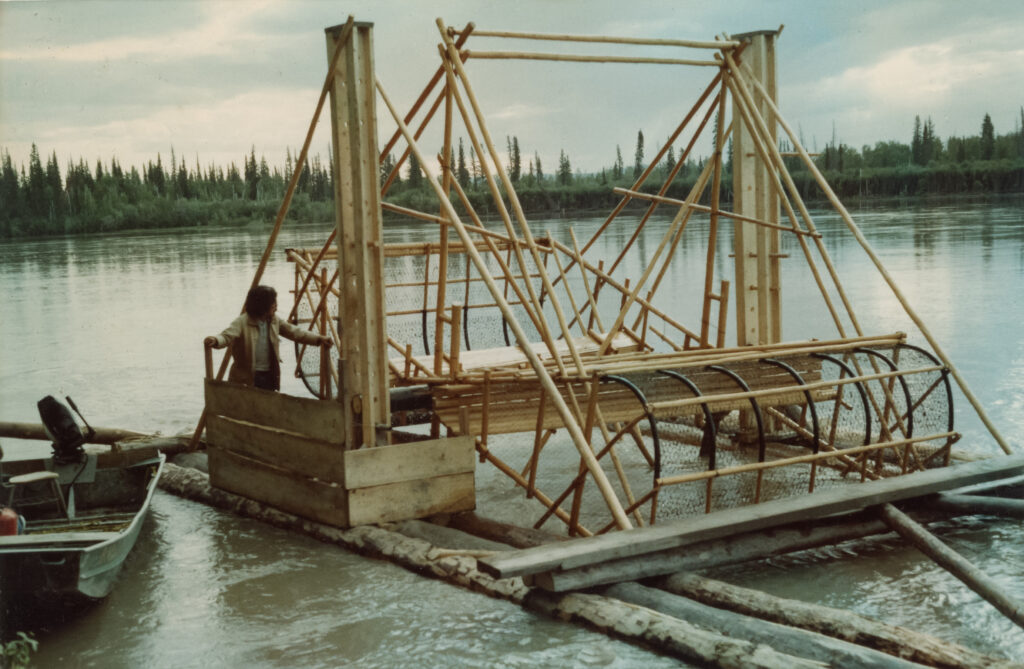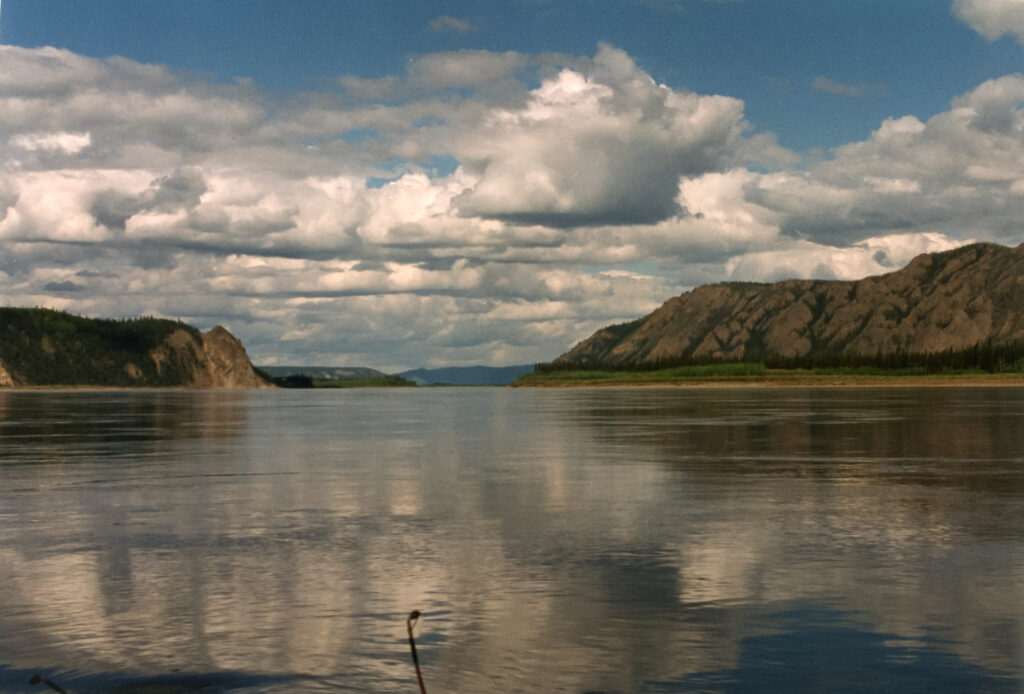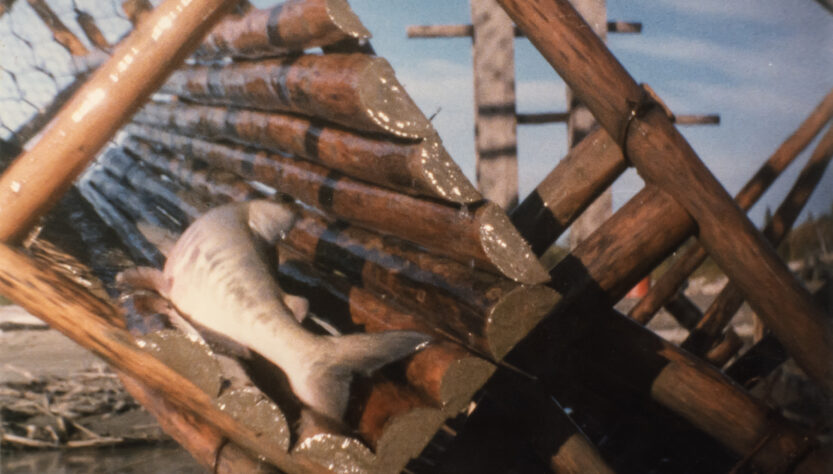King Salmon is being petitioned by an out-of-state conservation group to be protected under the Endangered Species Act; those involved with the King Salmon in Alaska are conflicted.
Words by Shyler Umphenour
FAIRBANKS– As the run of the King Salmon declines each passing year, the life and culture of Alaska is changing in front of our eyes. Many fear our next generation won’t experience the culture that surrounds fishing and the salmon.
The lives of Alaskans have changed as the number of King Salmon keeps getting lower and lower each passing year. Many have had to change their lifestyle and culture to adapt to the missing fish. And despite Alaskans and others constant and various involvement with the issue, the Kings keep disappearing.
To address this disappearance, the chinook salmon, or king salmon, has been petitioned by an out-of-state conservation group, the Wild Fish Conservancy in Washington state, to be protected under the Endangered Species Act.
This isn’t the first time the out-of-state group has advocated for change in our state. Last year, the group filed a lawsuit to stop commercial king salmon trolling in Southeast Alaska.
The group’s 67 page petition asks “to list one or more ‘evolutionary significant units’ (ESU(s)) of Chinook salmon (Oncorhynchus tshawytscha) in the State of Alaska as a threatened or endangered species under the Endangered Species Act and to designate critical habitat.”
We reached out for comments, but did not receive a response from Wild Fish Conservancy.
In the group’s announcement for their petition, they state their reason for the petition is for the “Persistent threats to Alaskan Chinook include mixed-stock commercial and sport fishing (which cannot avoid killing at-risk populations or immature salmon), bycatch in industrial trawl fisheries, habitat threats from climate change and extractive industries such as logging and mining, as well as competition from hatchery fish in both marine and freshwater environments”
With growing involvement in fixing the decline of the king, fishing in villages has become less and less.
The King has been a part of Alaskan cultures and traditions for roughly 12,000 years now. Salmon is a huge piece of subsistence for the diet of Alaskan Natives.
In recent years, the King serves in villages as a form of diet and economic needs through commercial fishing.
The decline is hitting hardest on the Yukon River. The Yukon River is 1980 miles long, the third largest river in North America; King Salmon swim every inch of it. Each village along the river’s coast, from the state to Canada, is dependent on the Chinook.
Various conservation and fishery groups have been attempting to tackle the problem.
Virgil Umphenour has been involved in various boards of fisheries for over 25 years. He served on the Alaska Department of Fish and Game Board of Fisheries from 1994 to 2002. He, along with many others, believe there are two things that are causing the decline of the King: ichthyophonus– a parasitic disease in fish that stays with them for life– and the continuous overproduction from the hatcheries.

Ichthyophonus
Ichthyophonus is a parasitic disease in fish that is transmitted through eating of other living infected fish. The disease causes higher cardiac stress and plasma cortisol levels, and lower hemoglobin– the iron and oxygen in the blood– and red blood cells which impacts overall fish function. The only way for scientists to study the fish with this disease is to kill them and look within them.
The ADFG, Alaska Department of Fish and Game, believes the majority of the chinook salmon that catch the parasitic disease have caught the parasite at the opening of the Yukon River. The disease severity “peaks” by the time the fish hits the midriver. By the time the fish reach Canada’s Eagle station at the end of the river, the severely infected salmon with Ichthyophonus were gone. The number with a mild case or lower of the disease were present but lesser.
Stan Zuray is a current ADFG Board of Fisheries member. He has lived in Tanana for over 40 years and has been involved in running Raids Research Center to raise the awareness of fish culture in Tanana and the surrounding area.
Stan has known about Ichthyophonus affecting the King Salmon since 1986, and has been speaking about it since. The state has only recently acted on investigating this disease.
“We estimated back in 1990 that 70% to 80% of the female king salmon had Ichthyophonus and a lot of those were probably going to die,” said Stan.
“We couldn’t get anybody to touch it because the department was making a lot of money in their commercial fisheries. It took the collapse of the Yukon commercial fisheries for the state to start talking about it.”
Overproduction in Hatcheries
Hatcheries in Alaska create $600 million in Alaska’s economic output. Fish hatcheries have been in the state since the end of the 1800s and have grown as more money has been generated from the hatchery. Hatcheries serve, according to ADFG, as an enhancement for fisheries to minimize wild stock interaction.
The majority of the fish coming out of Alaskan hatcheries to harvest are pink salmon, Kings being the lowest. On average, 222 million pounds of salmon are harvested annually.
ADFG and the state promotes the usage of hatcheries:“Alaska has healthy well-managed wild stocks and a robust and healthy hatchery program that was designed to minimize wild stock interactions and enhance fisheries.”
But according to Virgil and others, the hatcheries are responsible for creating competition for the King. Through over-filling the areas with fish, leaving room for bycatching, a commercial fishing practice that unintentionally catches untargeted marine life leading to injury or death of the unwanted marine, and scarcity of food.
With the overabundance of fish at these hatcheries, food is scarce for the King. “What is happening to a bunch of them is they run out of energy and don’t have the fat supply to nourish them and get them to the spawning ground,” says Virgil.
“They’re not getting enough food in the ocean to build up their fat reserves. Some of these fish have to swim more than 2,000 miles without eating.”
People like Virgil and Stan want more limitations on the hatcheries, but since the state backs them up, not much progress has been made.
“What we need to do is we need more local authority not less local authority so we can restrict the hell out of the hatcheries,” says Virgil. He has been fighting for a change in hatchery production since 1996, despite the state’s constant promotion of the hatcheries.
“The state are the ones that run all those hatcheries so that’s why we in the village are kind of like, the state seems to do everything the wrong way” explains Joey Zuray, Stan Zuray’s son and Tanana resident.
Stan said the hatcheries along the coast of Alaska are ones that the state likes to focus on.
Whenever the idea of putting a hatchery on the Yukon is brought up, Stan gets skeptical of it. The talk of adding one on the Yukon always turns into possibly adding one at the mouth of the river instead, for more fishing, Stan explains. “Then we would never get our King Salmon back cause all the fish that come from the upper river will just be eaten by these hatchery fish.”
What’s Next?
Both Virgil and Stan do not want the king salmon under endangered species list. How the federal government will handle the decline and how fast they will act are the biggest concerns. Joey just wants to fish.
“If we could get any help from the federal government, I would be for it to get us fishing,” says Joey.
“But they won’t get us any help either,” Virgil argues, his voice rising to a louder tone as we sit in his fish processing plant in Fairbanks.

Stan’s take on the King being protected by the Endangered species act is similar to Virgil.
“The problem politically is you are dealing with the federal government and they are not very responsive to the immediate needs of the people. It would give a lot of protection to the king salmon but once that happens we might not ever get to fish king salmon even if we get it back to a reasonable level. That is the fear people have.”
The decline of the King Salmon has stopped fishing almost completely for villages on the Yukon. Stan said the chum salmon has had ups and downs, and the village could still fish; but with the king salmon, it has stopped fishing almost completely. People have been avoiding the practice in order to avoid catching any of the Kings.
“If the state just does their job to manage the river well I would be for that and if they would stop the drifting netting in the lower river, that drives us nuts,” says Joey.
Many people in Tanana dislike the practice, saying it isn’t tradition to the villages in the lower river since it started in the 1970s.
Each village along the Yukon River and other parts of the states have had to change their culture due to this decline. “But now with this king salmon problem,” says Stan, “you can’t even fish. Everyone on the Yukon now has had to shoot their dogs or get rid of them somehow, so it is just devastating life on the Yukon. ”
The state and other groups are proposing a moratorium period for King Salmon, Stan explained, closing the activity for up to seven years.
“We are raising a generation of kids now that don’t even get out on the boat hardly, nevermind going to fish camp. That’s the problem. It’s terrible we had to get rid of the dogs and there’s no food in the freezer, but what it has done to family life, I’m afraid ten years from now we will see some negative signs of what it is costing us.”
The fight to bring the King Salmon numbers is still an ongoing process. Even with debate and input coming from every direction on how to tackle the missing fish, the worry of the death of a crucial part of Alaskan culture is heavy on everyone’s mind.
True North is a publication of the University of Alaska Anchorage Department of Journalism and Public Communications. It has been published since 1995.

